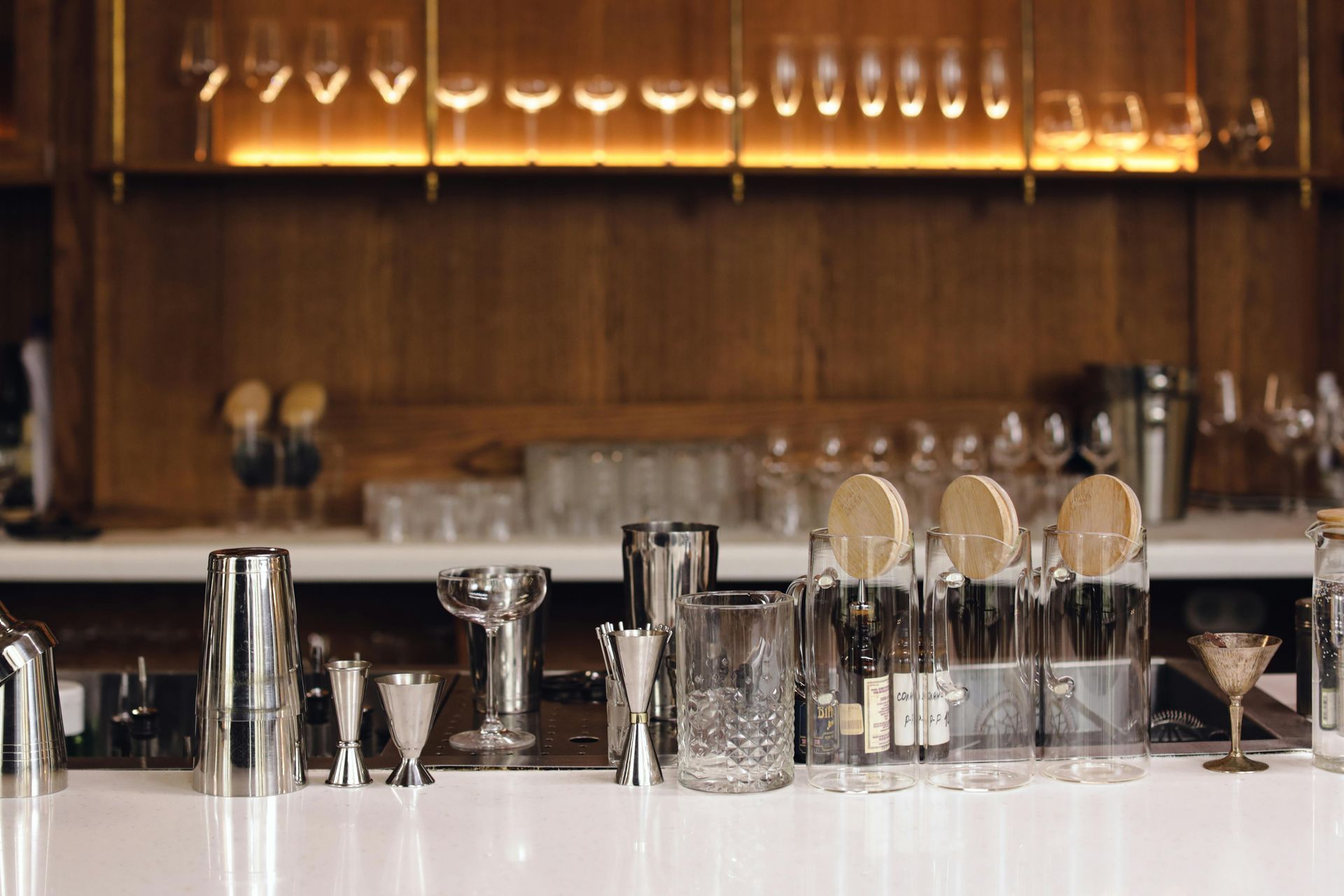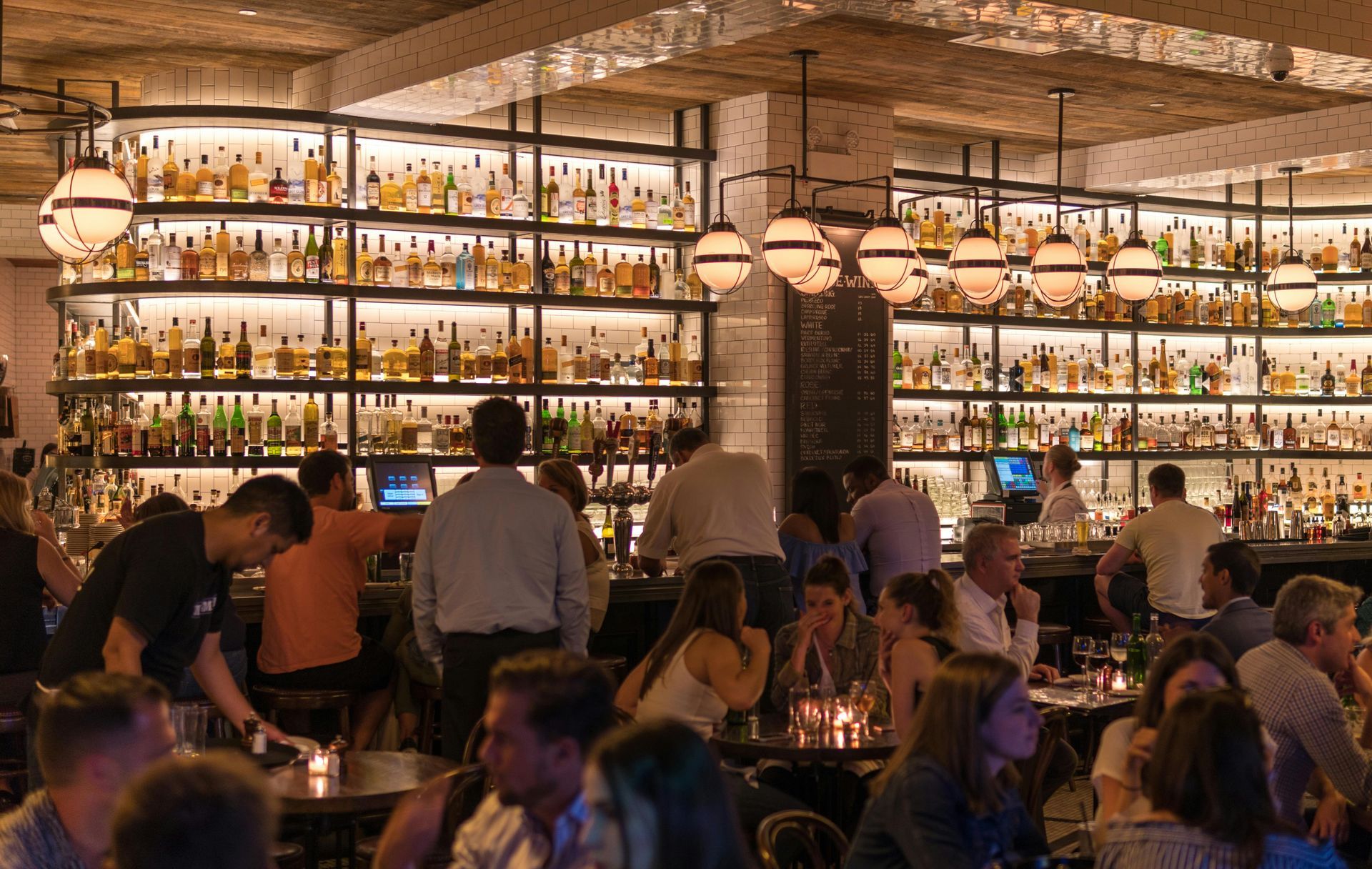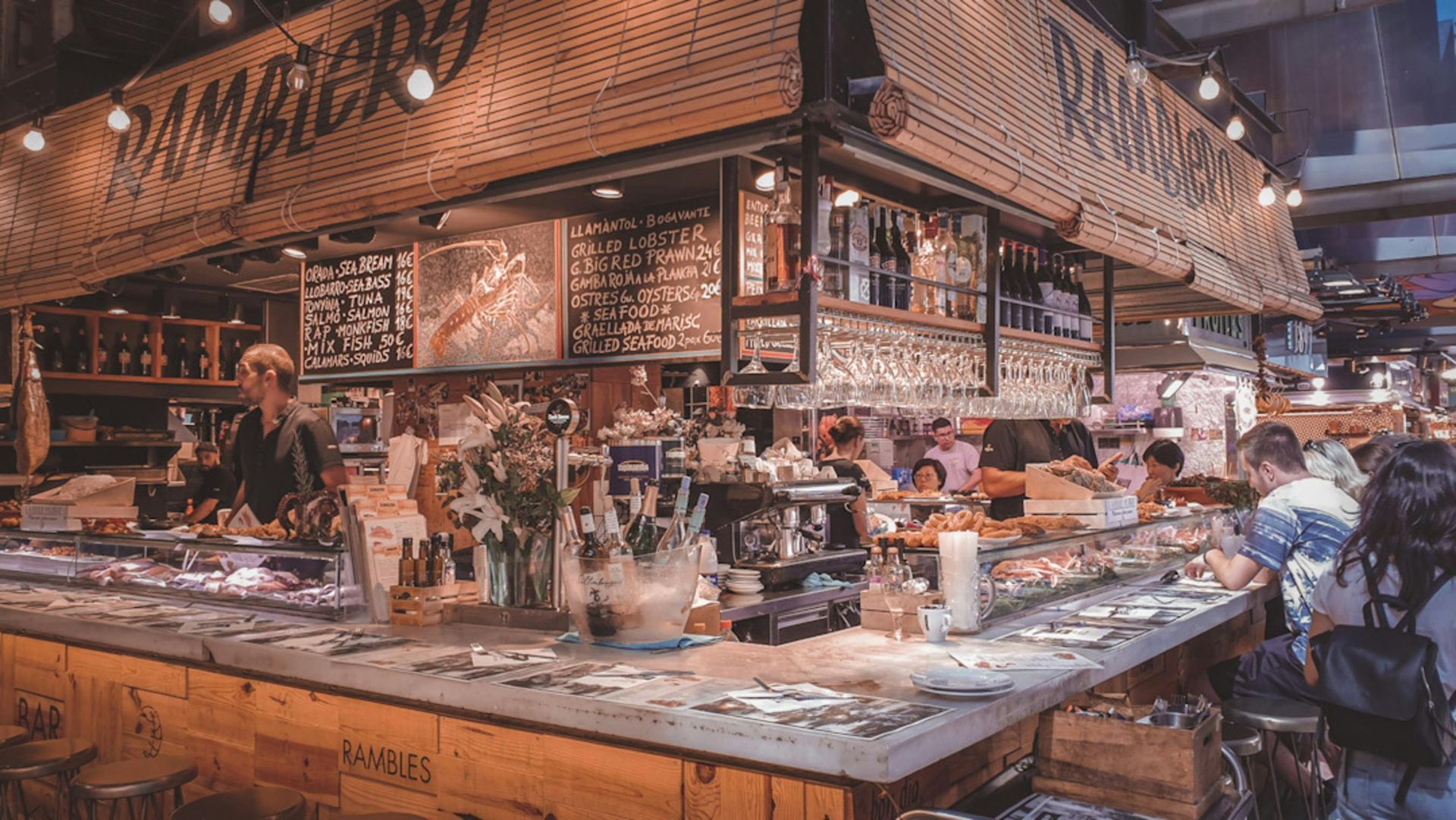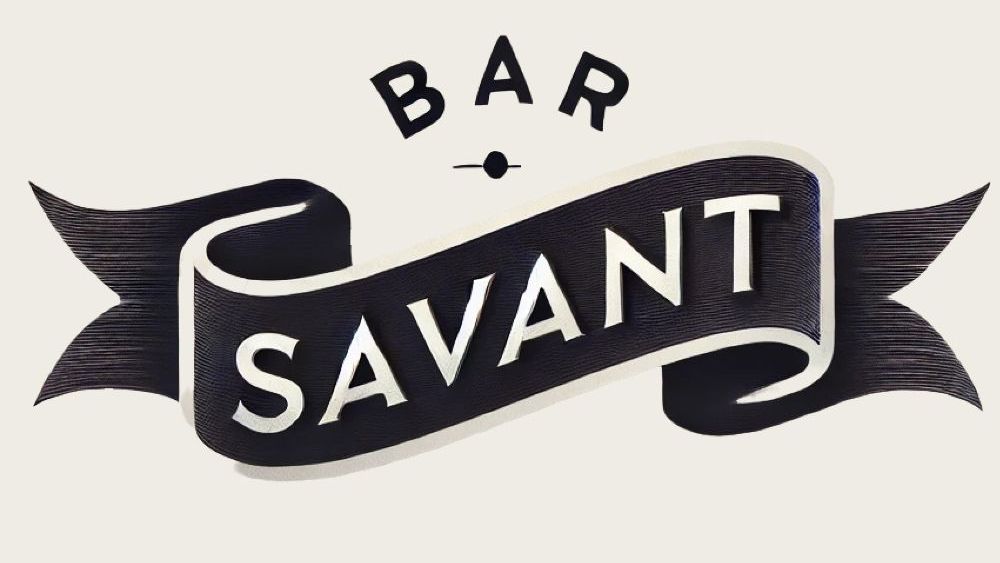
Blog Layout
Guest experience
Gettye Goins • December 17, 2024
The guest experience at a craft cocktail bar is the heart of everything. It’s what transforms a simple night out into something memorable, something worth coming back for again and again. When you walk into a great bar, there’s an energy that’s both exciting and comforting, a balance of luxury and warmth that makes you feel special without feeling out of place. Creating that experience requires a thoughtful approach—one rooted in genuine hospitality, attention to detail, and a commitment to excellence without ever veering into pretension.
At its core, the philosophy is simple: guests come first. Everything else—the drinks, the service style, even the decor—serves to enhance their experience. A craft bar should feel like a haven where every guest feels seen and valued, whether they’re seasoned cocktail aficionados or casual visitors who just stumbled in. For some, the experience starts with a friendly greeting at the door. For others, it begins when they take a seat at the bar and watch a skilled bartender prepare a drink with the precision and flair of a practiced artist. No matter where it begins, the goal is to ensure that the guest feels an immediate sense of welcome and care.
Bartenders play a central role in shaping this experience. Their movements are deliberate, their confidence palpable, but there’s no room for arrogance. Instead, the bartenders act as performers in the best sense of the word—drawing the guest into the story of the bar through their craft. Every shake, every stir, every garnish is part of the show. But it’s not just about technique. A bartender’s ability to engage with guests is equally important. Some guests may prefer a quiet, unobtrusive service, while others may want to chat, ask questions, or even learn a little about the art of mixology. The trick lies in reading the room, picking up on subtle cues, and adapting accordingly. Great bartenders make it look effortless, but it’s a skill honed through experience, empathy, and a genuine interest in connecting with people.
Consistency is another cornerstone of the guest experience. For the guest who walks in and orders their favorite classic cocktail—be it a Negroni, an Old Fashioned, or a Margarita—the expectation is that it will taste just as perfect as it did the last time they visited, no matter who is behind the bar. This is where precision and standardization come into play. Each recipe is executed with care, every measurement exact, ensuring that the drink meets the bar’s high standards every single time. For guests who want to branch out and try something new, the menu should feel like a curated collection of experiences—each cocktail designed to tell a story, spark curiosity, or surprise and delight. Bartenders must be ready to guide these guests, asking thoughtful questions to understand their preferences and tailoring recommendations that will resonate with them.
Luxury and approachability might seem like opposites, but they can coexist beautifully when done right. Luxury is not just about expensive ingredients or elaborate presentations; it’s about creating a seamless, elevated experience where every detail feels intentional. From the perfectly chilled glassware to the impeccable balance of flavors in a drink, luxury is in the care and effort put into every interaction and every sip. At the same time, a sense of approachability ensures that guests never feel intimidated or out of their depth. This isn’t a space for snobbery or gatekeeping; it’s a place where everyone is welcome, where questions are encouraged, and where education happens organically, without condescension.
That approachability extends to how the staff interacts with guests who may not have a clear idea of what they want. It’s a common scenario—a guest walks in, scans the menu, and looks a little unsure. This is an opportunity, not a challenge. A skilled bartender knows how to gently guide the conversation, asking about flavors the guest enjoys, whether they prefer something light or bold, sweet or bitter. It’s a chance to showcase expertise while making the guest feel heard and understood. When done well, this process doesn’t just result in a great cocktail—it builds trust, making the guest more likely to return and explore more of what the bar has to offer.
The design of the guest experience isn’t limited to what happens at the bar. The atmosphere plays an equally important role. Lighting, music, decor, and even the placement of furniture contribute to the overall vibe of the space. The aim is to create an environment that feels both intimate and lively—a place where conversations flow easily, laughter feels natural, and the stresses of the outside world fade away. The music should complement the energy of the room, shifting subtly throughout the evening to match the mood. The lighting should be warm and inviting, bright enough to read a menu but soft enough to feel cozy. Every element should work in harmony, enhancing the experience without drawing too much attention to itself.
Feedback is an invaluable part of refining the guest experience. Observing guest behavior, listening to their comments, and even paying attention to what goes unsaid can reveal areas for improvement. A guest who lingers at the bar long after finishing their drink might be looking for an invitation to stay and try something else. A group that leaves quickly after ordering might indicate that the space feels too rushed or impersonal. By tuning into these details, the bar can continually evolve, finding new ways to surprise and delight its guests.
Ultimately, the guest experience is about creating a sense of connection. It’s about understanding that each person who walks through the door brings their own story, their own mood, their own expectations. Some are celebrating, others are decompressing, and a few might just be looking for a quiet moment to themselves. The craft bar’s role is to meet them where they are and give them something they didn’t even know they needed—a moment of joy, a sense of belonging, or a truly exceptional cocktail. When done right, this kind of hospitality leaves a lasting impression, turning first-time visitors into loyal regulars and elevating the craft bar into a destination worth seeking out.
The Craft Bar Blueprint
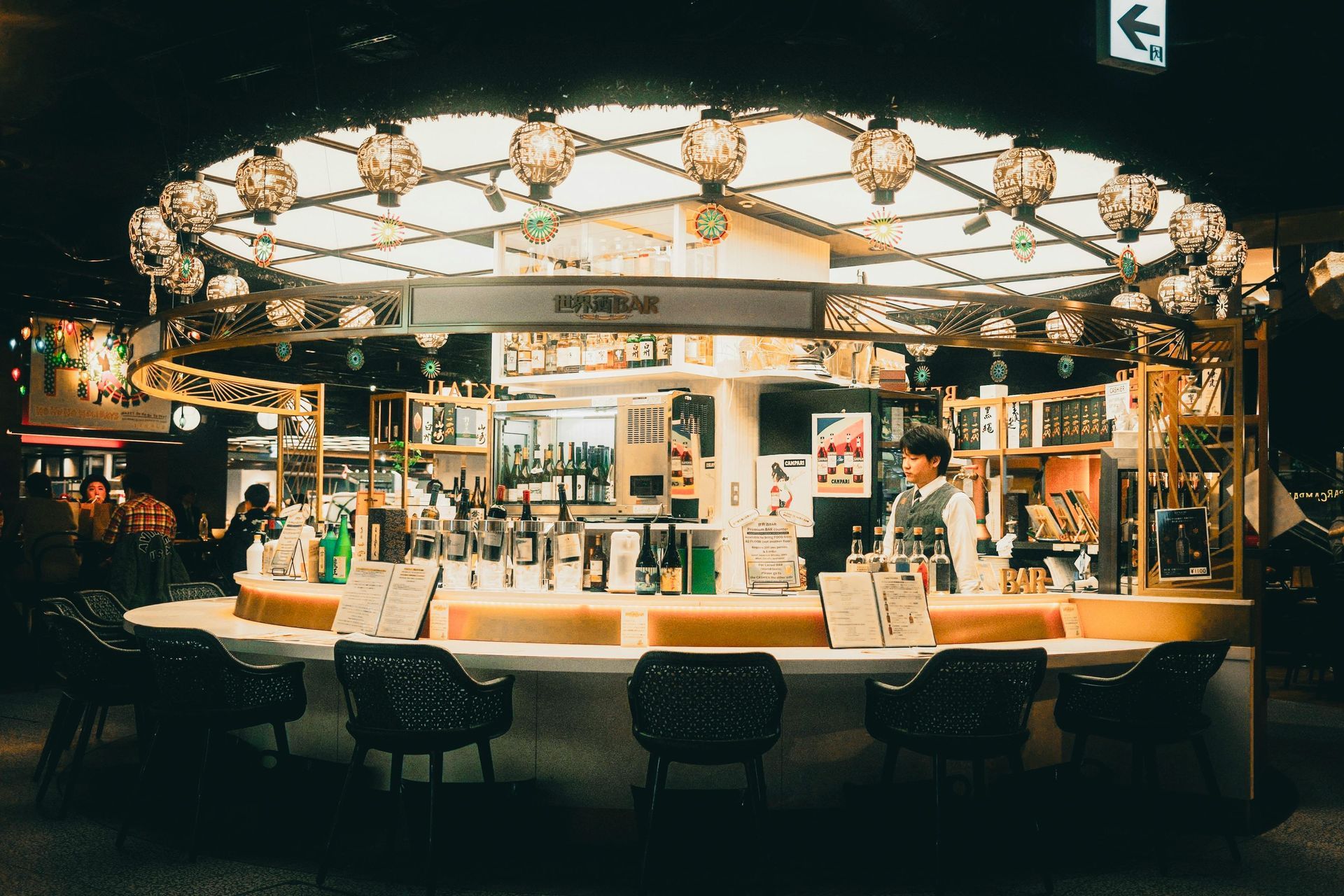
By Gettye Goins
•
December 19, 2024
“Discover expert insights into staffing and team dynamics for boutique craft bars. Learn how to build smaller, efficient teams, balance technical skills with guest interaction, and foster a culture of excellence. Explore strategies for training, staff retention, and creating a collaborative environment where barbacks are valued as future bartenders. Master team management techniques that drive profitability and elevate the guest experience.”
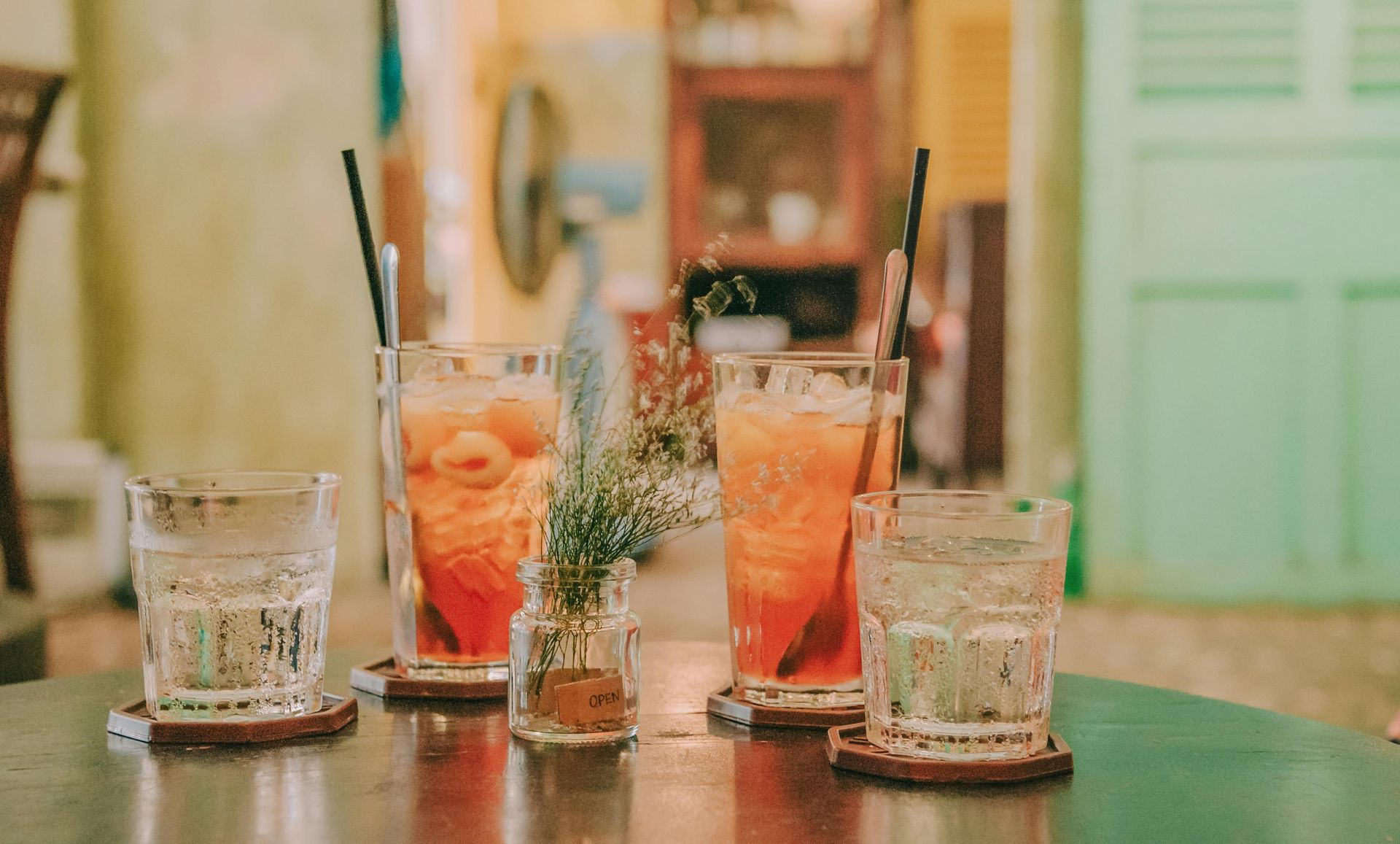
By Gettye Goins
•
December 18, 2024
“Explore expert strategies for menu design and development tailored to craft cocktail bars. Learn how to create curated, seasonal menus that highlight innovation while standardizing classic cocktails for consistency. Discover tips for balancing creativity with cost management, fostering bartender participation, and auditing the guest experience to elevate your bar’s offerings and profitability.”
All Rights Reserved | MixCraft Bartending and Consulting LLC
© 2025

